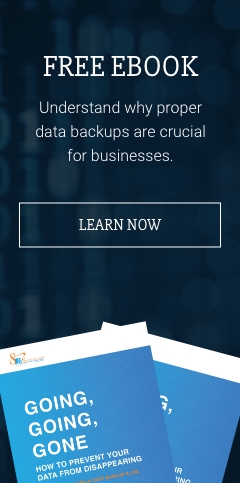Voice over Internet Protocol (VoIP) phone systems, which enable calls, video chat, conferences and more for users across an internet connection, have experienced a surge in popularity in 2020. This is largely due to the work from home policies adopted by many organizations as a response to the government-mandated lockdowns in the wake of the COVID-19 pandemic. These VoIP phone systems have enabled employees to communicate quickly and easily with their colleagues despite working from different locations, facilitating something approximating normal business operations while still protecting the health and safety of these employees.
Because of the increased reliance on VoIP, security is naturally a major concern. More users on these systems spending more time on them translates into more opportunities for cybercriminals to exploit any weaknesses therein and gain access to otherwise protected private or proprietary information.
But how does one go about securing their VoIP system? We at Safebit Solutions have compiled a few security best practices you should employ.
1. A robust password policy
As with anything that connects to the internet, the first line of defense falls on the trusty old password. It might seem like a no-brainer, but without a robust policy, many users can make the mistake of using flimsy, easily exploitable passwords, or make rookie errors like storing their passwords in text files or writing them down on sticky notes. Ensure that all passwords consist of a sufficiently complex or long combination of letters, numbers, and alphanumerics, and that they are switched out on a regular basis.
2. Update operating systems
The longer a particular version of an operating system is in use, the more time cybercriminals have to explore and understand all its nooks and crannies. Updating it regularly is akin to giving these cybercriminals a moving target, minimizing the amount of time they have to get familiar with it before they’re presented with a slightly different context. Besides this, updates often contain new security features and protocols.
3. Set up a VPN
Using a virtual private network (VPN) encrypts all network traffic, making it that much more difficult for cybercriminals to crack your system and intercept VoIP data. VPNs can be accessed from anywhere, making them ideal for the work from home status quo.
4. Review call logs
The best way to identify any funny business going on with your VoIP systems is to monitor trends and patterns in usage and behavior. Thankfully, because VoIP systems are digital, the data logged from actions taken with them is saved and stored somewhere in your network. Setting up a dashboard that consolidates and visualizes this data can be a tremendous help, particularly if regular check-ups are put in place.
5. Set up restrictions and block private calls
Many cybercriminals operate overseas and across borders, and unless your business regularly conducts business in other countries, blocking international numbers might be a prudent decision. On top of that, block access from numbers with a hidden caller ID, so you can trace and verify the source of all the calls coming into your system.
6. Deactivate inactive accounts
VoIP accounts without users are liabilities waiting to explode in your face. Using them, cybercriminals can masquerade as registered users and use the system to stick their noses around your network. As soon as an employee moves out of a role or the company, ensure that their profile is terminated promptly, and have a record of the deactivation made.
7. Proper training
Protecting your system is a team effort. Invest in giving your team proper training so that they can identify and protect against cyberattacks. These include reporting suspicious activity like ghost calls (when a phone rings without a caller)and phishing attempts, and proper protocol for storing voice messages.
Hopefully, these tips prove useful in protecting your VoIP systems, but cybersecurity is always an ongoing process. Contact us now and take the next step on your cybersecurity journey.


